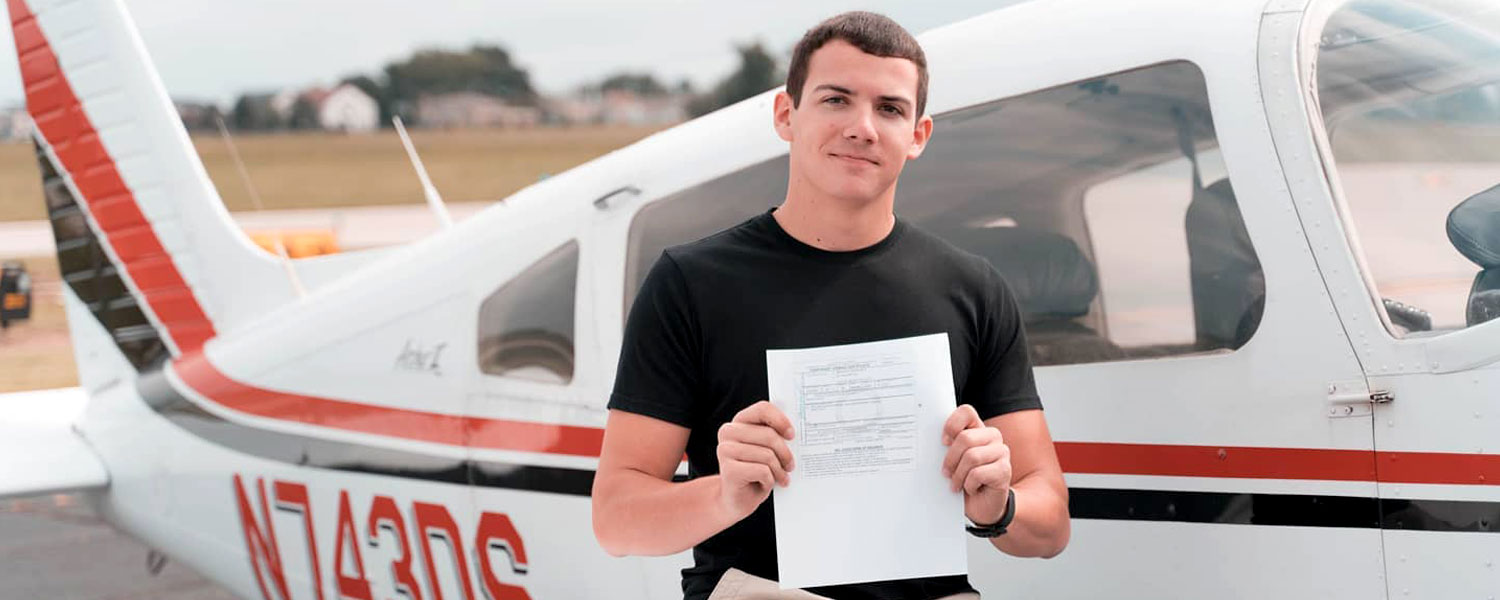
A Private Pilot Certification Course implements a concrete foundation of aeronautical education and flying technique.
A pilot’s license is their ticket to freedom. Proper training is the foundation on which habit patterns are created and therefore it is imperative that all students initiate correctly. The goal as a private pilot is to be granted authorization in taking passengers flying. This also means you will now acquire not just one, but two substantial responsibilities; your aircraft and your passengers. Given the weight of these new obligations, all students are disciplined to meet steep standards from the first minute of training, until the last. Once this temperament has been conveyed by the instructor and embraced by the student, the performance of the student will be strengthened.
During private pilot training, students will be expected to learn an extensive amount of information. This includes being thoroughly schooled on airport taxiways, runways, ramp areas, the aircraft pilot operating handbook, federal aviation regulations, air traffic control services, radio communications, navigation, controlled and uncontrolled airspace, meteorology, and the aircraft they will fly. Beyond that, all students are exposed to each individual yearly season and it’s varying weather conditions to understand and handle an aircraft’s performance. For example, an aircraft’s performance is increased during cold weather operations but will decrease in warmer temperatures. Students will assimilate short field and soft field operations, airports with and without operating control towers, calm and windy days, sunny and cloudy days, dry and wet runway conditions, day and night flying, simulated instrument flying, and a range of different flying scenarios.
A student pilot will undergo training and evaluation by his instructor on each and every flight. It is an Instructor’s decision whether or not a student can be signed off to fly solo (in the traffic pattern) or participate on a cross-country flight. Likewise, the Instructor Pilot will make the final decision in determining if and when the student can be or will be scheduled for his written examination or flight test. We believe there is absolutely no sense is rushing a student through training since each person learns at their own pace.
Although the minimum flight time to obtain a private pilot’s license is 40 flight hours, the average student receives his license with closer to 55-65 flight hours. If your goal is to become proficient and stay time efficient we recommend you, and all students, to fly a minimum of two to three flights per week.